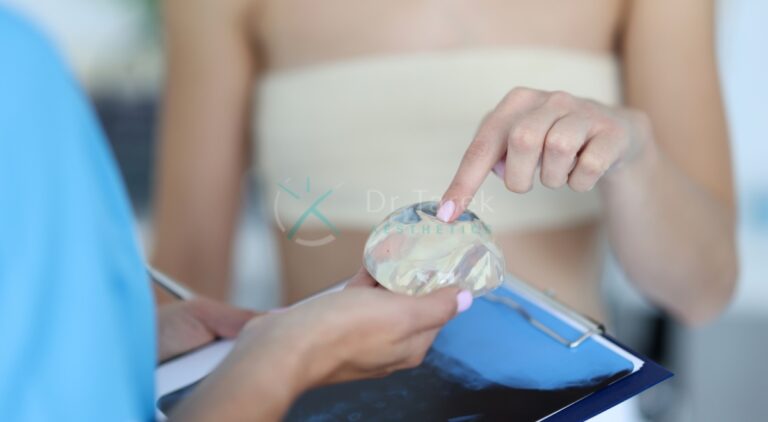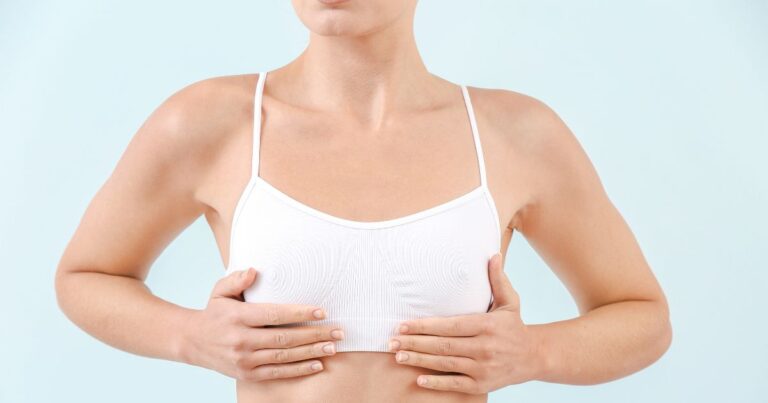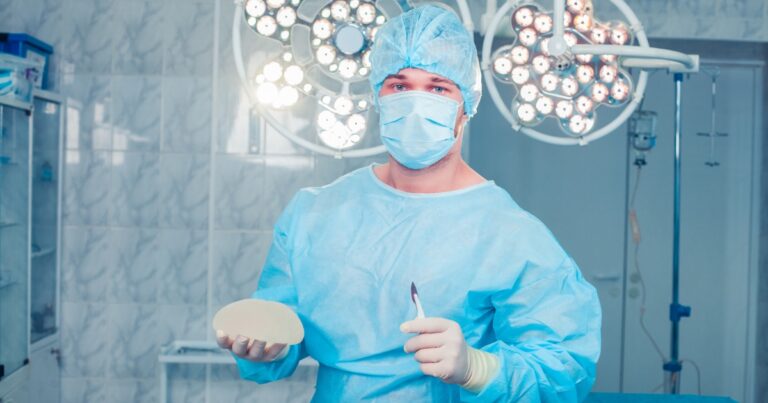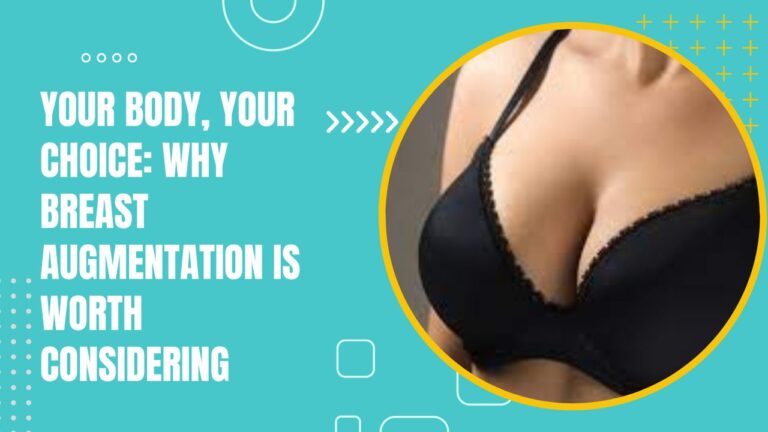Breast augmentation is a sought-after cosmetic procedure that can bolster self-assurance and improve one’s physical aspect. Nevertheless, it’s crucial to ponder over post-operative scarring, as scars can occasionally overshadow the anticipated outcome.
In this article, we’ll explore expert advice from distinguished surgeons on reducing breast augmentation scars, ensuring you achieve the stunning results you merit.
Selecting the proper incision method
During breast augmentation, surgeons utilise various incision techniques, and the chosen approach will directly influence scarring. Discuss the alternatives with your surgeon to identify the most suitable method. Common incision types encompass:
The Significance of surgeon selection
Opt for a proficient, seasoned surgeon with an established history in breast augmentation. Expert surgeons excel at reducing scarring and attaining optimal outcomes. Investigate their credentials, and peruse patient testimonials before-and-after images to make an educated choice.
Book A Consultation With Dr Tarek Bayazid
Top-rated Plastic Surgeon For Breast Augmentation in Dubai
Installment Plan Available
Adhere to post-operative care guidance
Appropriate wound care is vital for diminishing the visibility of scars. Closely follow your surgeon’s post-operative instructions. These might encompass:
Prioritise a wholesome lifestyle
A healthy body fosters quicker healing and lessens the likelihood of complications that could worsen scarring. Make certain you:
If scars persist after healing, non-surgical treatments can assist in diminishing their appearance.
Options include:
When is scar revision advisable following breast augmentation?
If you’re not happy with how your breast augmentation scars look even after they’ve had time to heal, you may want to consider scar revision surgery. It’s usually recommended to wait six months to a year after your initial surgery before considering scar revision. This gives your body enough time to fully heal and your scars to mature, which helps your surgeon evaluate how they will look in the long term.
Exercise patience during the healing process
Remember that scar healing is a gradual progression requiring several months or more. Be patient with your body and grant it the time it necessitates to heal appropriately. Refrain from comparing your scars to those of others, as each individual’s healing process is distinct.
Seek assistance from a professional therapist or support group
Coming to terms with scarring after breast augmentation can be taxing for some patients. If you’re grappling with self-image or the emotional aspects of your scars, consider seeking help from a professional therapist or joining a support group. They can assist you in navigating your emotions and provide valuable guidance on coping mechanisms.
Safeguard your scars from the sun
UV exposure can prompt scars to darken and become more prominent. Consistently apply a broad-spectrum sunscreen with an SPF of 30 or higher to your scars when outdoors, even on overcast days. Wearing protective clothing and seeking shade can also help shield your scars from sun damage.
Conclusion
Breast augmentation can be a life-altering procedure, and reducing scarring is vital for achieving your desired outcomes. By adhering to these expert recommendations, you’ll be well on your way to enjoying a beautiful, confidence-boosting transformation.
Remember that each individual’s healing process is unique, so it’s crucial to maintain open communication with your surgeon throughout your journey.
Eager to take the next step towards a more self-assured you? Request a quote from Dr Tarek Bayazid today and find out how our proficient team can aid you in accomplishing your aesthetic objectives. Visit https://www.drtarekaesthetics.com/ and embark on your path towards a gorgeously enhanced appearance with minimal scarring. Don’t hesitate – your dream results are merely a click away!







